Tokugawa Yoshichika
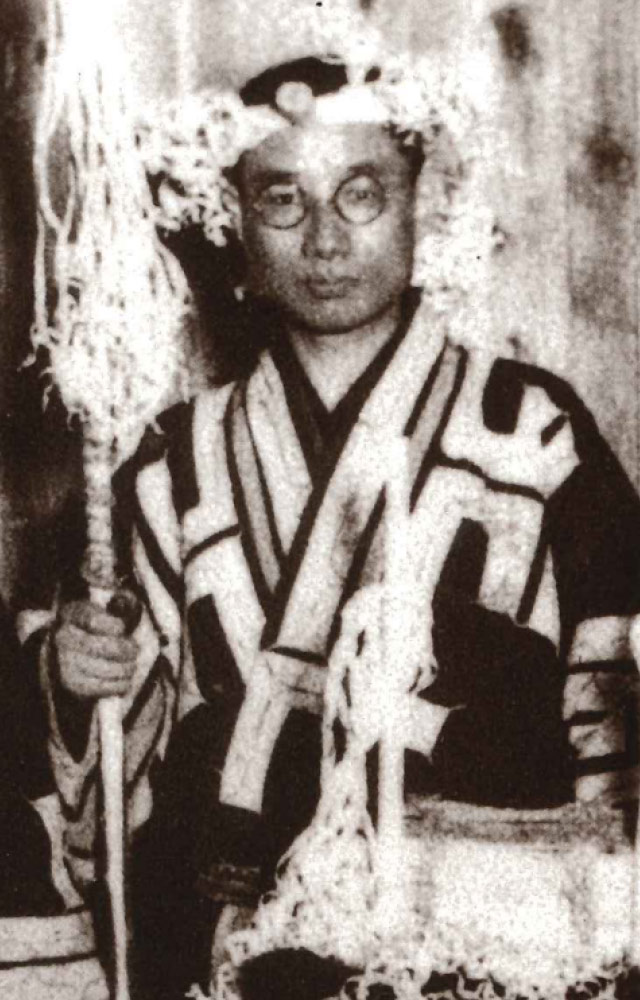
Head of Yakumo’s Tokugawa Farm Tokugawa Yoshichika
Meiji Period, Taisho Period, Showa Period
Funka Bay Coast Yurappu River
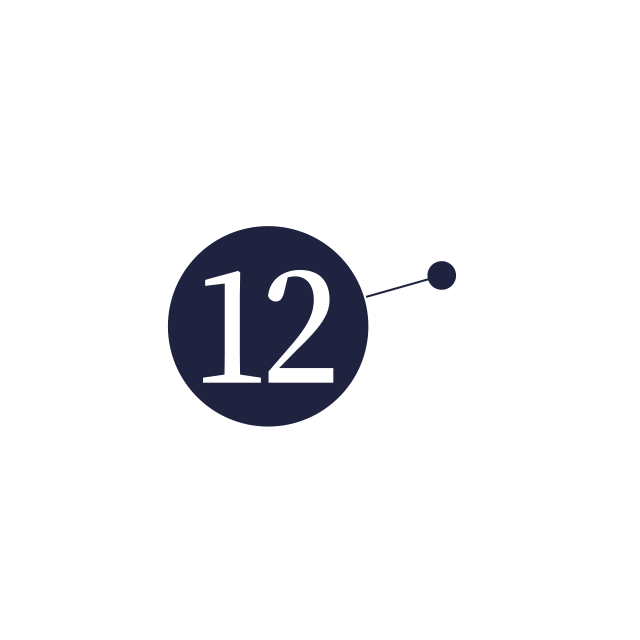
Friendship with Shiiku Toshizo
The Owari-Tokugawa family, who owned the Tokugawa Farm in Yu-rap, had close interactions with Ainu people. Tokugawa Yoshichika, born in Tokyo in 1886, succeeded his father-in-law Tokugawa Yoshiakira as the head of the Owari-Tokugawa family and oversaw the management of the Tokugawa Farm. From Taisho 7 (1918), he made annual visits to Yakumo, where he engaged in bear-hunting, continuing to visit until Showa 14 (1939).
Tokugawa Yoshichika hunted together with Shiiku Toshizo, the leader of the Yu-rap Ainu, and the two men were said to call each other by the nicknames “Toyo” and “Toku”. There was mutual respect between the pair: Yoshichika admired Toshizo as a master hunter, and Toshizo recognized Yoshichika as an outstanding farmer. We can consider that there was a friendship between these two men, who bonded through hunting.
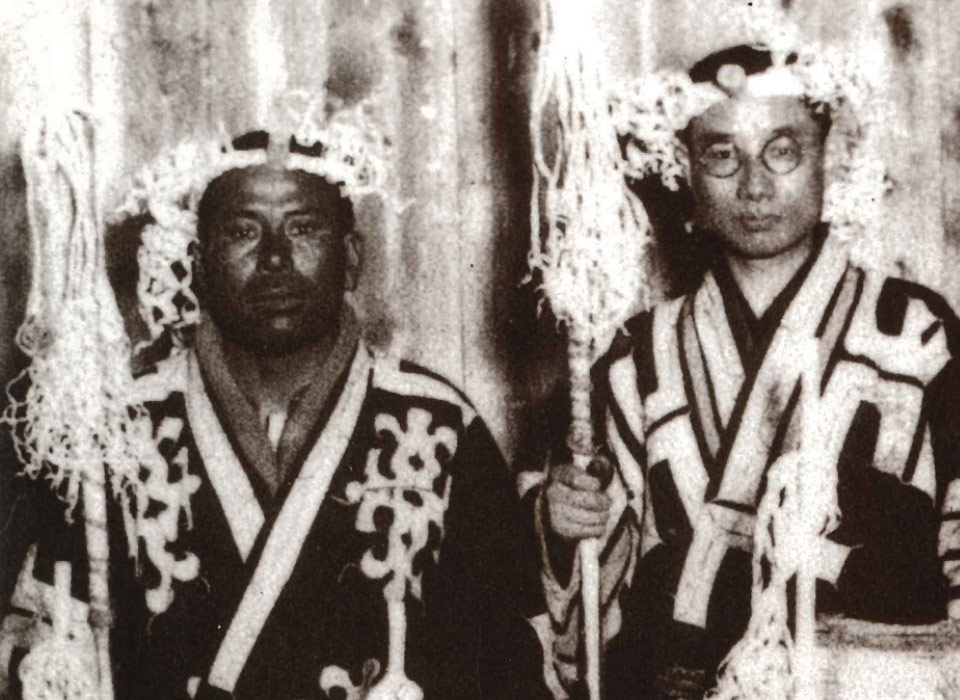
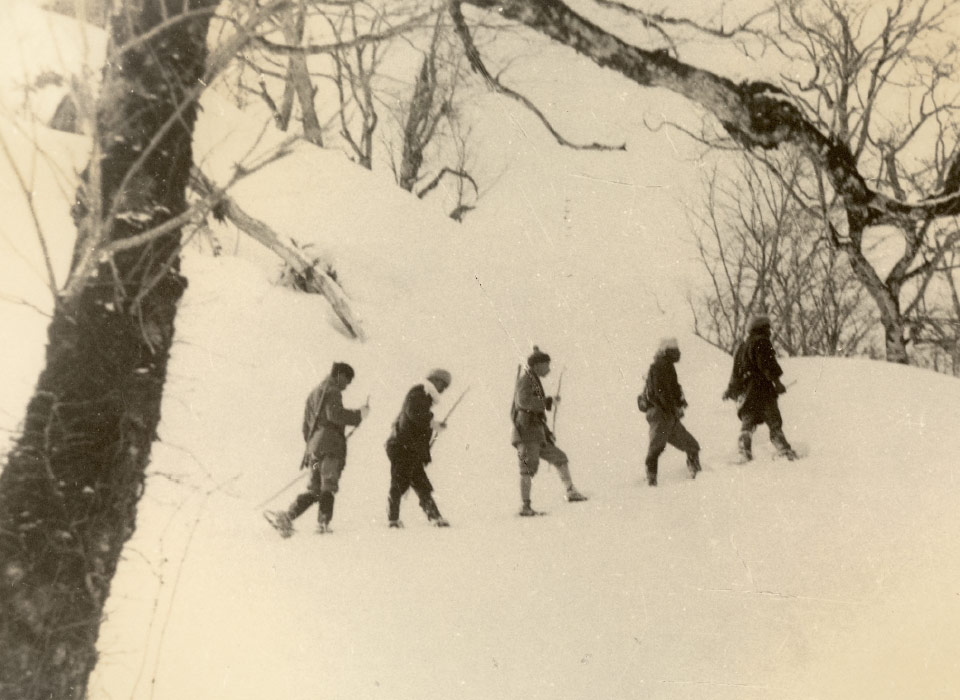
Monument to the First Step Ashore of the Pioneer Settlers
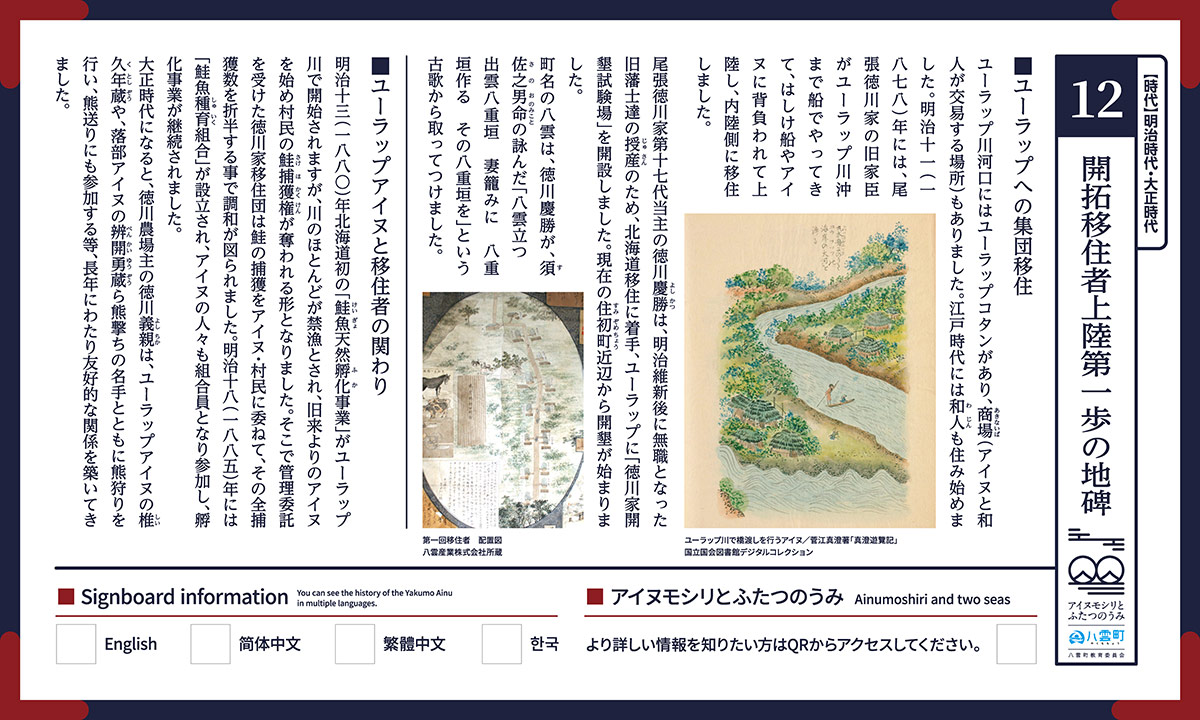
Relationship between the Meiji Settlers and the Ainu
Meiji Period, Taisho Period
Funka Bay Coast Yurappu River
MAP No.12 [Monument to the First Step Ashore of the Pioneer Settlers Description Signboard]

Group Migration to Yu-rap
Yu-rap Kotan (village) was located at the Yurappu River estuary, and there was also a trading post, called an “Akinaiba”, for trade between the Ainu and Wajin. Wajin settlers began living in the area in the Edo period. In Meiji 11 (1878), former vassals of the Owari-Tokugawa family traveled as far as the sea near the Yurappu River by ship, and came ashore by barge, with some carried on the shoulders of local Ainu, and settled inland.
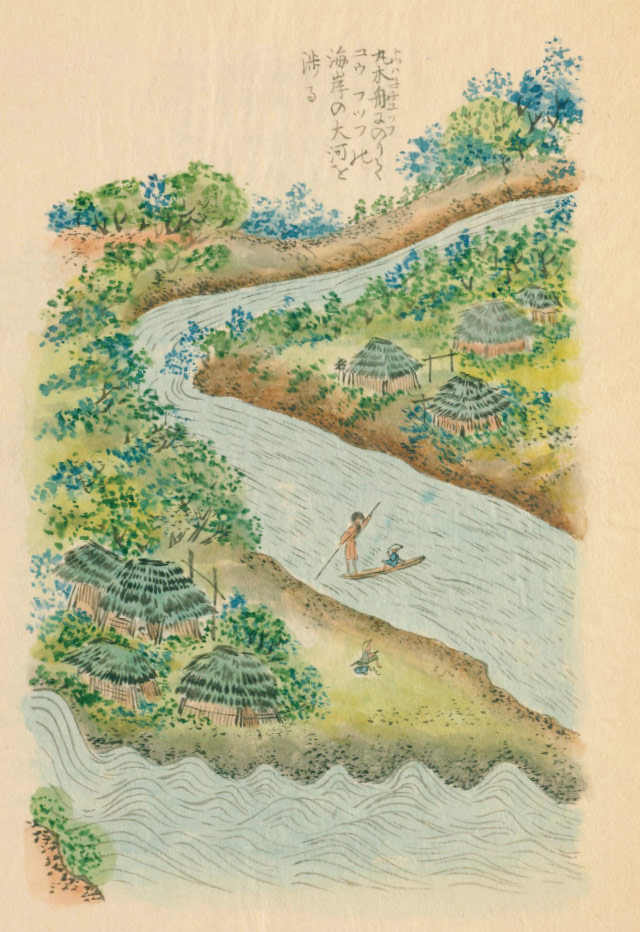
“Masumi Yuuranki” (Masumi’s Travel Journal) by Sugae Masumi
National Diet Library Digital Collection
Tokugawa Yoshikatsu, the 17th head of the Owari-Tokugawa family, decided to migrate to Hokkaido to provide work for former clansmen who were jobless following the Meiji Restoration of 1868. He established the Tokugawa Family Cultivation Experiment Station, and land cultivation was commenced in the area around present-day Sumizome-cho.
The town name of Yakumo was chosen by Tokugawa Yoshikatsu from an ancient poem, said to be composed by the deity Susanoo-no-Mikoto: “Yakumo tatsu/ Izumo yaegaki/ Tsumagomi ni/ Yaegaki tsukuru/ Sono yaegaki wo” (Eight clouds arise/ The eight-fold fence of Izumo/ To dwell with my wife/ I will make an eight-fold fence/ Oh, that eight-fold fence!).
Relationship between the Yu-rap Ainu and the Settlers
In Meiji 13 (1880), Hokkaido’s first project for the natural incubation of salmon was commenced in the Yurappu River. As a result, fishing became prohibited in the majority of the river, and the Ainu and other villagers were robbed of their traditional right to fish salmon.
The Tokugawa family’s settler group, which had been assigned with the management of the project, attempted to restore balance by entrusting the Ainu and villagers to fish the hatched salmon, splitting the entire catch fifty-fifty. In Meiji 18 (1885), the “Salmon Breeding Union” was established, which included the participation of Ainu people as union members, and the incubation project was continued.
By the Taisho period, Tokugawa Yoshichika, the head of the Tokugawa Farm, had established a long-term friendship with Ainu people, which included carrying out bear-hunting together with expert hunters such as Shiiku Toshizo of the Yu-rap Ainu and Benkai Yuzo of the Otoshibe Ainu, and participating in the Ainu bear-sending ceremony.

■Monument to the First Step Ashore of the Pioneer Settlers

Uchiura-cho 2, Yakumo-cho, Futami-gun, Hokkaido 049-3104
Approx. 22 mins walk or 6 mins by car from JR Yakumo Station

